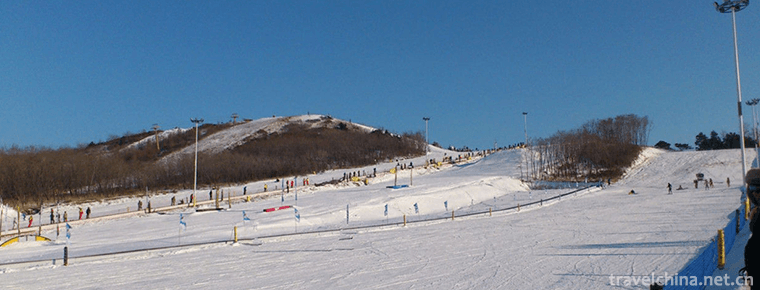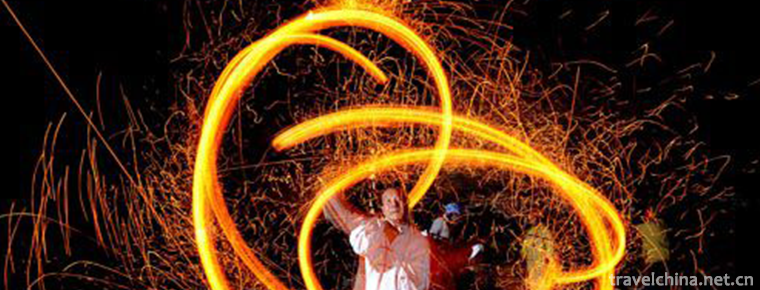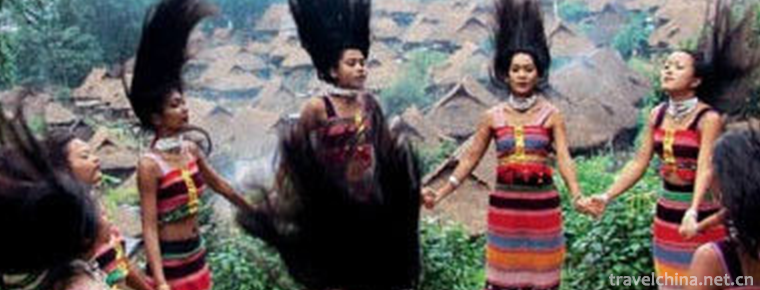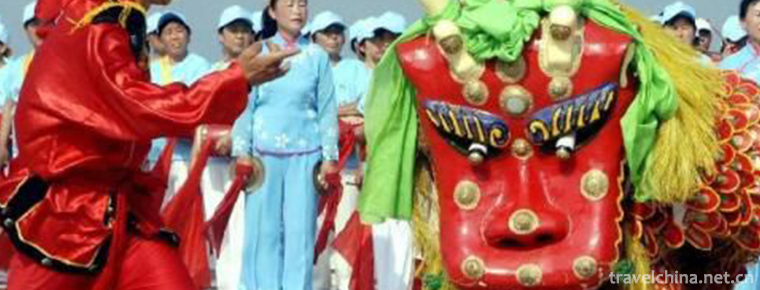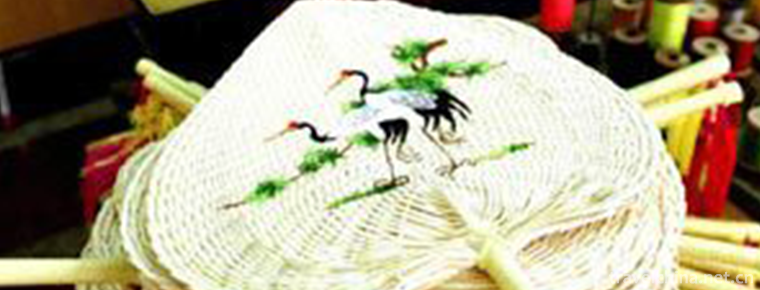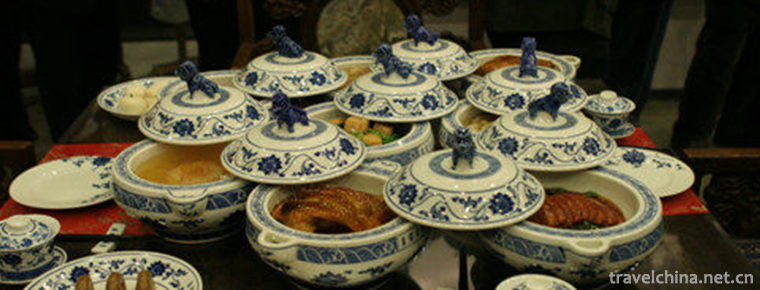High cavity
High cavity
Gaoqiang is one of the four major tunes in Chinese opera. Gaoqiang was originally called "Yiyang Cavity" or "Yiqiang Cavity", because it originated in Yiyang, Jiangxi Province. He is a variety of operas of Yiyang Opera and Qingyang Opera in Ming Dynasty. In the course of several hundred years'evolution, the branches of Yiyang Opera have changed greatly. They have different degrees of integration with folk music, thus forming different musical styles of Gaoqiang Opera. Its characteristics are simple performance, popular lyrics, high-pitched singing, one person singing and others, only with the golden drum festival, no orchestral accompaniment. There are many high-tune tunes, and there are prescribed "sets" in different plays. First use long and short sentences. The repertoire is rich, such as Huaiyin Ji, Hezhu Ji and White Rabbit Ji.
Since the mid-Ming Dynasty, it began to spread from Jiangxi to all parts of the country, and formed different styles of high-pitched tunes, including Ganxi Opera, Hubei Qing Opera, Hunan Changsha, Changde, Qiyang, Chenhe Opera, Sichuan Opera, Yunnan Opera, Beijing Opera, Xi'an, Xiwu, Houyang, Songyang Opera, Guangdong, Fujian and so on. Save some high-pitched operas.
On May 20, 2006, Gaoqiang was listed in the first batch of national intangible cultural heritage list with the approval of the State Council. The representative operas include Xi'an Gaoqiang, Songyang Gaoqiang, Yuexi Gaoqiang, Chenhe Gaoqiang and Changde Gaoqiang.
historical origin
The origin of Gaoqiang, represented by Yiyang Opera, is quite clear: the Northern and Southern Opera of Song and Yuan Dynasty gave birth to Gaoqiang music. From historical materials and plays, we can see the origin relationship between Southern Song and Yuan Dynasty Opera and Gaoqiang. In addition, in terms of singing style and accompaniment form, Gaoqiang's "Bangqiang" and percussion accompaniment have a certain origin relationship with Nanqu's "One Sing, One Sing, Many People's Harmony" and "Not Being Orchestrated". Gaoqiang inherited Southern Opera of Song and Yuan Dynasty, and absorbed Northern Opera of Yuan Dynasty in many ways.
Gaoqiang is divided into Houyang, Xiwu, Xi'an and Songyang. Houyang Gaoqiang is popular in Dongyang and Yiwu. Some people think that it may be the derivation of Yiwu Qiang and is good at performing martial arts. Xiwu Gaoqiang is named for its branch classes in Xiwu Village of Jinhuabei Township. Its singing is more euphemistic and plain than Xi'an Gaoqiang, and more rolling, which is related to Huichi elegant tune. Xi'an Gaoqiang is popular in Quzhou area. Quzhou was called "Xi'an" in ancient times, hence its name. Legend has it that Yiyang tune is closely related to Yiyang tune, and some people think it may be the legacy of Xiping tune. Its tunes and characters are many and few, with the characteristics of exhaustion. The above three kinds, all one singer, people help tune, gongs and drums help syllables, tune into the tune as you like.
Evolution of high cavity
In the process of its spread, Gaoqiang used the singing form of "apprenticeship song plus crowd harmony" and combined with local folk music, changed its tune and tended to be liberalized. After a long period of change, the branches of Gaoqiang vary greatly in different places. They are combined with folk music in different degrees, thus forming different types of Gaoqiang in different places.
From the middle of Ming Dynasty to the early Qing Dynasty, it was the golden period in the history of high-pitched operas. However, in the Qianlong period, flower operas such as Bangzi and Pihuang rose, and high-pitched operas declined in general. Even so, there were still more than ten kinds of high-pitched operas in the south, with Sichuan Opera, Hunan Opera, Qiju Opera and Ganju Opera having more influence.
Aria structure
Essential information
Most of the high-pitched voices are characterized by gongs and drums, no matter the chord, one person opens his mouth, the people are in harmony, and the tone is high and exciting. However, there are band accompaniments in Xiwu Gaoqiang and Songyang Gaoqiang, which are the unique forms of all kinds of Gaoqiang in China. The external form characteristics of high-pitched music can be summarized as three words: helping, playing and singing. Help, refer to the backstage help cavity. Hit, refers to percussion accompaniment. Singing refers to the singing of roles other than gangqiang.
Compared with Kun Opera, Bangzi Opera and Pihuang Opera, the unique singing form of Gaoqiang is "Bangqiang". The traditional Gaoqiang Bangqiang is sung by a band accompanied by percussion music, usually led by a drummer and joined by many musicians. From a dramatic point of view, Bangqiang plays a role in rendering the dramatic atmosphere and expressing the inner feelings of the characters.
Comparing with Kun Opera
Gaoqiang, like Kunqiang, belongs to the combination of Qupai. There is another characteristic of high-pitched singing, namely "roll singing". Rolling is also known as rolling, its form and position in the aria are relatively free, often in the form of dual sentences, there are also many long and short sentences. In the high chamber
There are few music cards that fully conform to the rhythm (word and sentence format) of Southern and Southern Qupai, many of which are quite flexible, and even some of them are totally incompatible with the rhythm of the original Qupai because of "rolling". The significance of roll singing in high-pitched tunes is not only limited to breaking through the limitation of music cards, but also has a great impact on the "liberalization" of high-pitched tunes.
Le Hui group
High-tune singing uses the method of "music convergence group" in the tone organization. The so-called "music convergence group" is composed of tone fragments such as music convergence as the basic material, and then these materials are assembled according to the specific word format of the words sung. Different "music convergence" is assembled into one tone sentence, and different tone sentences are assembled into one passage or piece of music.
Plate characteristics
Various types of operas in Gaoqiang have their own characteristics. The "one word" of Sichuan Opera's high-pitched tune is composed of a free-paced slate and a bang tune with three eyes. It forms a rhythmic contrast between the singing and the bang. The high-pitched tunes of Hunan Opera are often characterized by the appearance of syncopated rhythm, which forms the alternation of regular rhythm and syncopated rhythm. Zhugao cavity in Zhejiang Province is often used in a plate-like way, but there is a change in speed, either tight or slow.

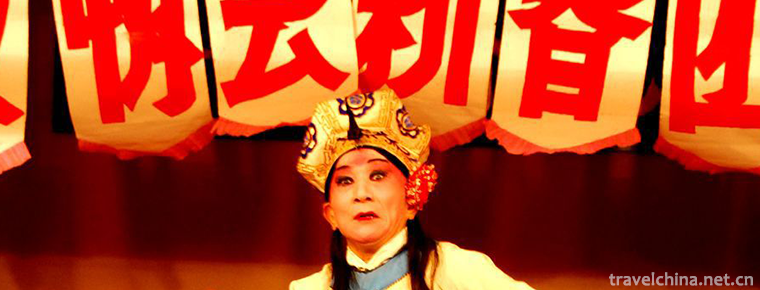
-
Qiangcheng Tourist Area Beichuan
Mianyang Beichuan Qiang Town Tourist Area is located in Beichuan Qiang Autonomous County, northwest of Sichuan Basin. It consists of Beichuan Earthquake Relics Area, Beichuan New County Town.
Views: 165 Time 2018-12-12 -
Hefei Intangible Cultural Heritage Park
Hefei Intangible Cultural Heritage Park project is located in Changfeng County, Hefei City, China. The project covers an area of about 3500 mu, with a total investment of 500 million yuan and a constr.
Views: 165 Time 2019-01-13 -
Shenyang Weipo Skiing Ground
Shenyang Qiaopo International Skiing Resort is located in AAAA Scenic Area of Qiaopo in Shenyang, which is surrounded by mountains in the northeast direction and boundless forest sea..
Views: 225 Time 2019-02-08 -
Wind and Fire Meteor
Fenghuo Meteor is a traditional folk performing art which combines acrobatics and martial arts. It is one of the first intangible cultural heritages in Shanxi Province. .
Views: 381 Time 2019-04-29 -
Alpine Hand in Hand Dance
"Hand-in-hand dance" is a kind of self-entertainment dance with the longest history and widespread spread spread among the folk dances of the mountain nationality. During the wedding and fes.
Views: 98 Time 2019-04-30 -
kylin dance
Kirin dance, also known as "Wu" Kirin, is a court dance performance of the Ming Dynasty in China. It was spread among the people when the Nanming Dynasty perished. When dancing, .
Views: 98 Time 2019-06-10 -
Xinhui Sunflower Art
Xinhui Sunflower Art, a traditional Chinese handicraft, originated in Xinhui District, Jiangmen City, Guangdong Province. Xinhui Sunflower Art has a history of more than 1600 years, and became famous .
Views: 125 Time 2019-07-06 -
Cuisine Skills of Official Cuisine in Zhili
The culinary skill of official dishes in Zhili is a precious cultural heritage of Baoding ancient city. Since the Qing Dynasty and the Republic of China, official cuisine and cooking skills in Zhili h.
Views: 144 Time 2019-07-25 -
Panzhihua College
Panzhihua College is the only comprehensive undergraduate college in southwest Sichuan and northwest Yunnan, where the Ministry of Education locates. The school is located in Panzhihua City, a famous .
Views: 257 Time 2019-08-31 -
Hefei University
hefei university (Hefei University), located in Hefei, the capital of Anhui, is a common higher education institution jointly organized by the state and local governments and cities and municipalities.
Views: 143 Time 2019-11-13 -
Huangze Temple
Huangze temple is the only temple for Empress Wu Zetian in China. It is located on the Bank of Jialing River in Guangyuan City, Sichuan Province. In 1961, it was listed as one of the first batch of national key cultural relics protection units by the State Council; in 2006, it was rated as a national AAAA tourist attraction..
Views: 69 Time 2020-11-08 -
Guangan economy
In 2019, the GDP of Guang'an City will reach 125.04 billion yuan, an increase of 7.5% over the previous year (the same below). Among them, the added value of the primary industry was 20.43 billion yuan, an increase of 2.8%; the added value of the secon.
Views: 355 Time 2020-12-19


